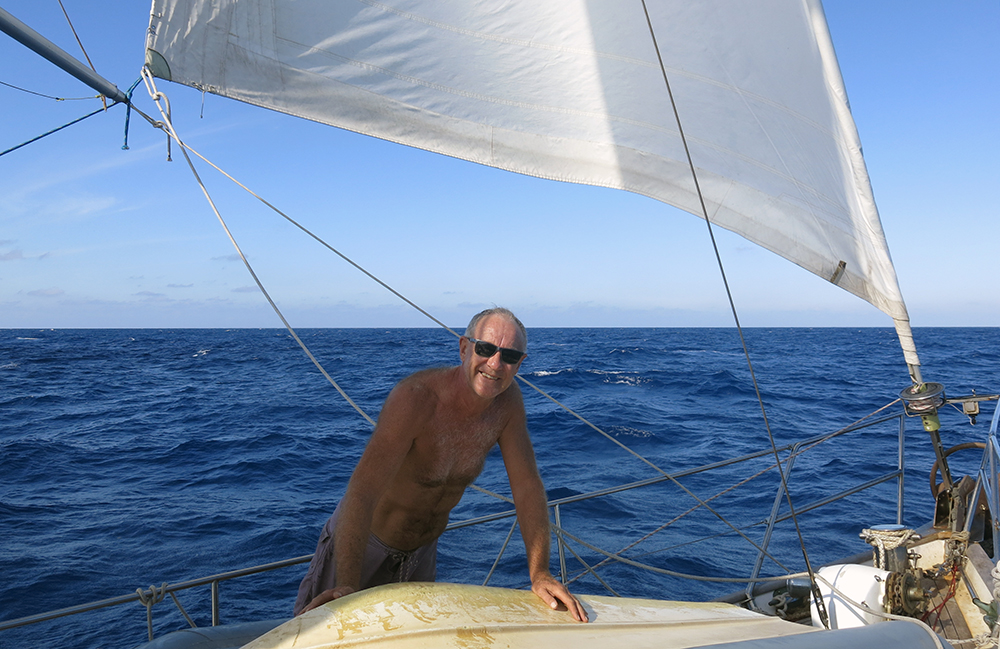
The passage from Jamaica to Cuba was fabulous: we were heading northwest and with a solid northeasterly breeze it couldn’t have been better. We had planned to stop in Cayman Brac, a rocky island about 80NM east of Grand Cayman, but the wind was forecast to veer and strengthen so we pressed on to Cienfuegos. When the wind turned east we poled out the gib and had a beautiful run to the Cuban coast. We entered the lagoon and anchored outside the marina where we received a friendly welcome from the dockmaster Denia who helped us with our entry formalities.
Cienfuegos marina – Hotel Casa Azul and the Cienfuegos Club behind the marina
Cienfuegos was founded by French settlers in 1819 and provided a safe haven for French colonists fleeing Haiti during the slave rebellion. The city is well known for it’s stunning architecture and the grand civic buildings, opulent palaces and colonaded streets all reflect it’s Francophile roots. It was a pleasure to wander along the streets poking into doorways and finding eclectic assortments of food, clothing and hardware for sale. The supermarkets were a revelation stocking large quanitites of single items: a whole aisle of toilet paper and jars of olives, another of pasta opposite shelves of soap powder. The only item displayed with any variety was rum of which Neil soon became a connoisseur.
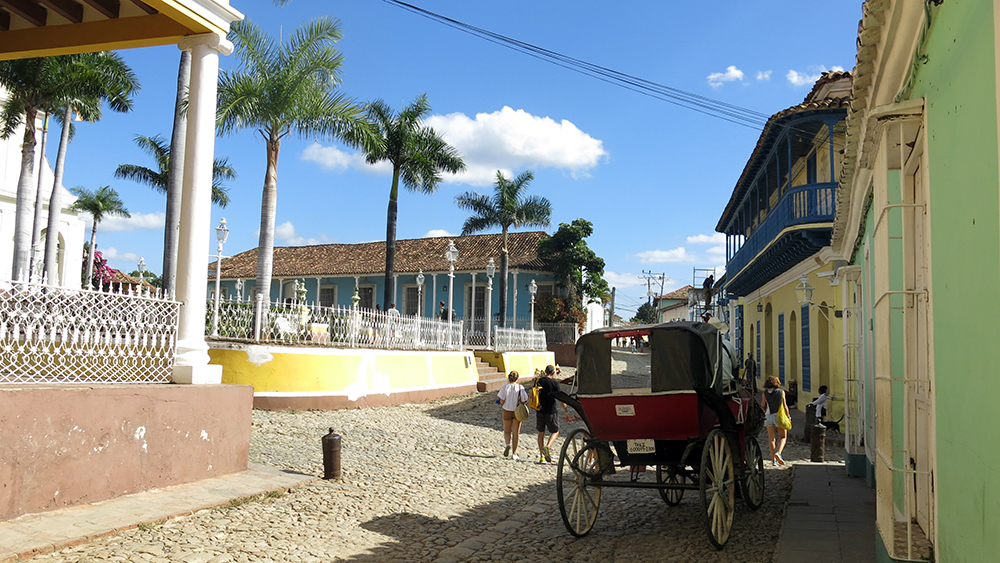
Cienfuegos is mid-way along the south coast of Cuba and was a good base for us to explore the island. Trinidad, a hour and a half’s drive in an old Chevy, is a well preserved and restored Spanish colonial city which is invaded each day by coach loads of tourists. The horse carts, cobbled streets and almost complete lack of modern buildings make you feel like you’ve stepped back in time. The mansions, built from sugar fortunes during the nineteenth century, are open to visit but we soon tired of gawping at painted ceilings, glinting chandeliers and collections of china. We peeped into the Santeria temple and stopped to pay homage at the altar of Yemaya, the godess of the sea.
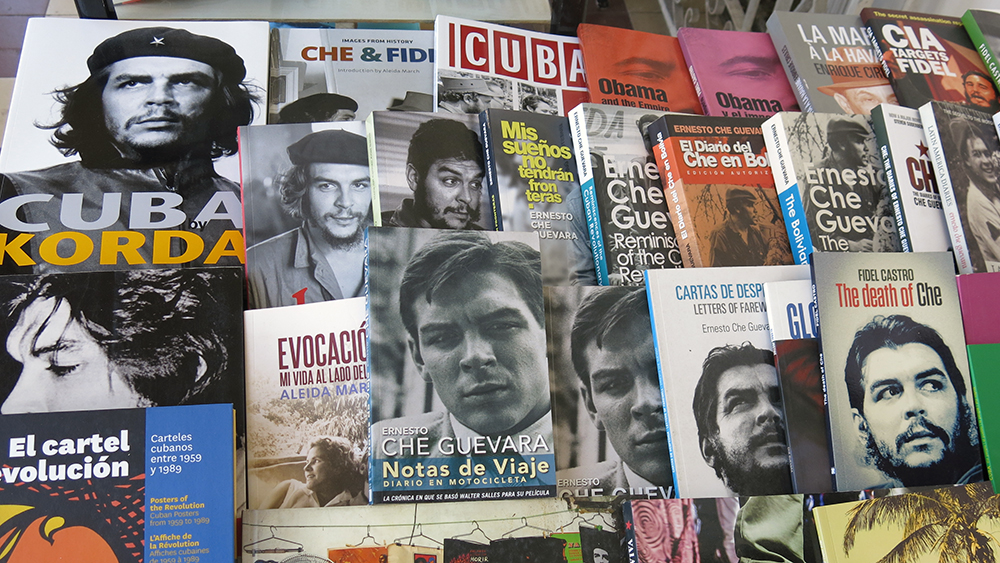
After Trinidad and our cultural splurge in Havana we were a bit sated with road trips but I wanted to visit Santa Clara before we headed off to the peace and solitude of the islands. The remains of Che Guevara are buried at a mausoleum close to the city after being exhumed from Bolivia where he was shot in 1967 while leading a band of Cuban and Bolivian revolutionaries. The day was grey and cloudy with a cold north wind, not ideal conditions for viewing the monument but the mausoleum dedicated to el Che and the other guerillas was moving.
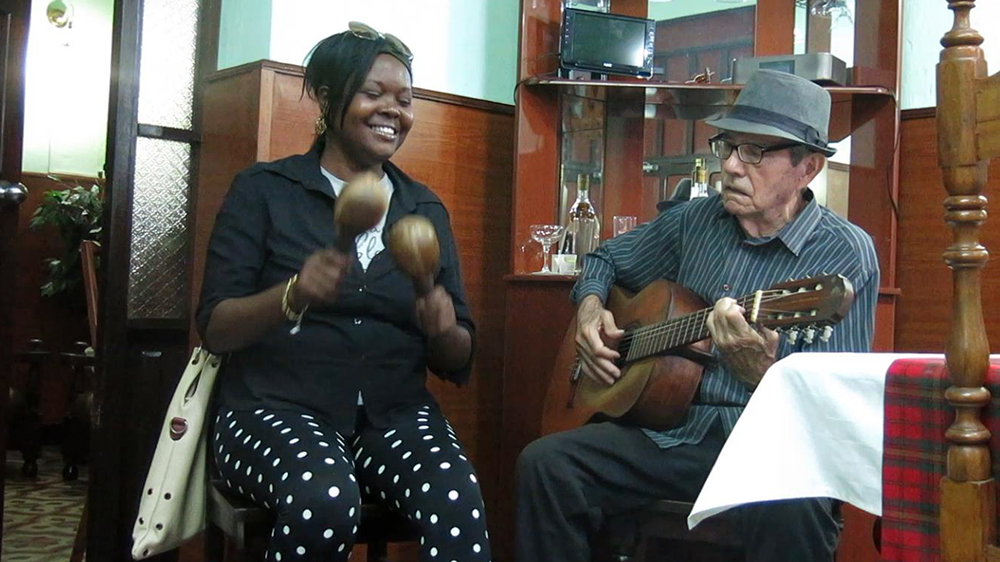
The broad shallow shelf which stretches along the south coast of Cuba from Trindad to Cabo Cruz is fringed by coral reefs and mangrove islands. The cays were named Jardines de la Reina by Christopher Columbus who “discovered” them in 1492 and they are now a national marine park. We left Cienfuegos in a northerly breeze and had a great overnight sail, helped along by a favorable east setting current when the wind eased around dawn. We navigated carefully through a break in the reef and dropped anchor at Cayo Breton, the northernmost of the Jardines islands.
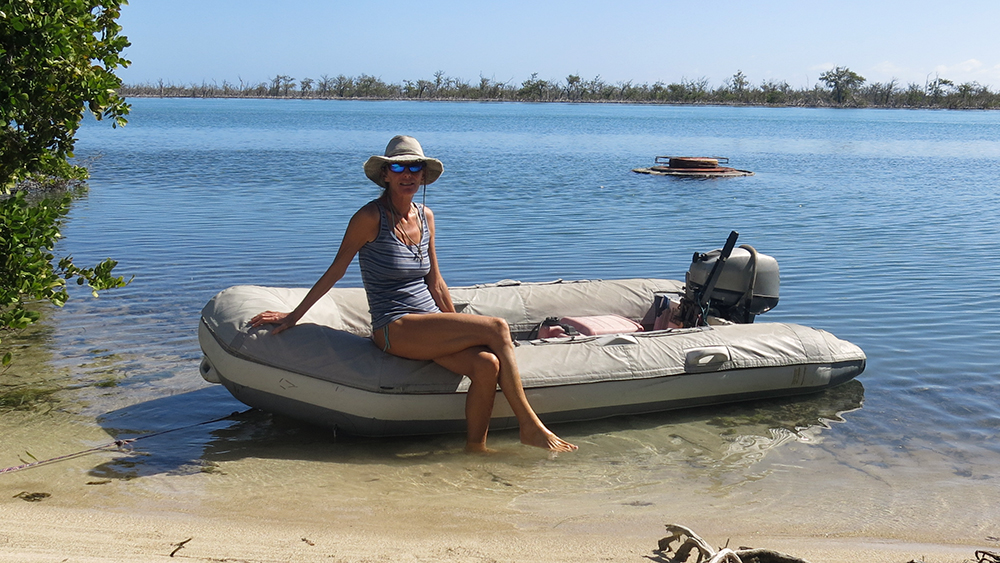
Except for an occasional park hut and a couple of lobster fishing stations the islands are a remote, uninhabited wilderness. Whilst we were there the weather was calm and we relished the sublime stillness of the mangroves and lagoons, the silence is so immense it felt as if it was pressing against your ears. In the late afternoon when the zephyr of wind dropped the sea surface became as smooth as glass and the crystal clear water was almost invisible. Racing across it in the dinghy was like skimming across the coral on a flying carpet.
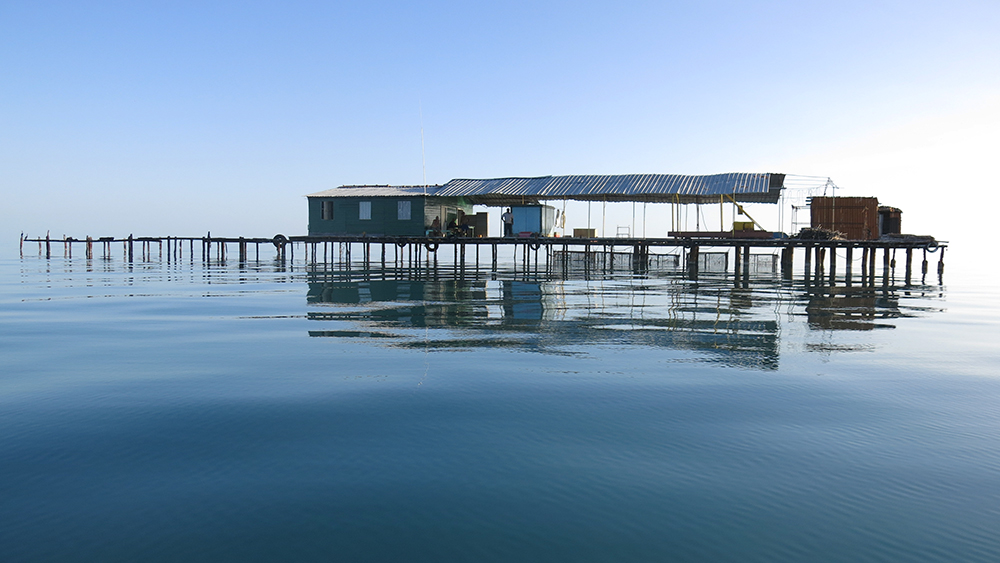
We dropped by the fishing platform at Cayo Breton and received a hearty welcome from Pablo and the other lobstermen who manned the station. For a small bottle of rum they filled our arms full of lobster and invited us for lunch the next day. They served us a platter of grilled lobster and the fried fish coated in garlicky crumb made from crushed saltine crackers (ever resourceful are the Cubans) was to die for.
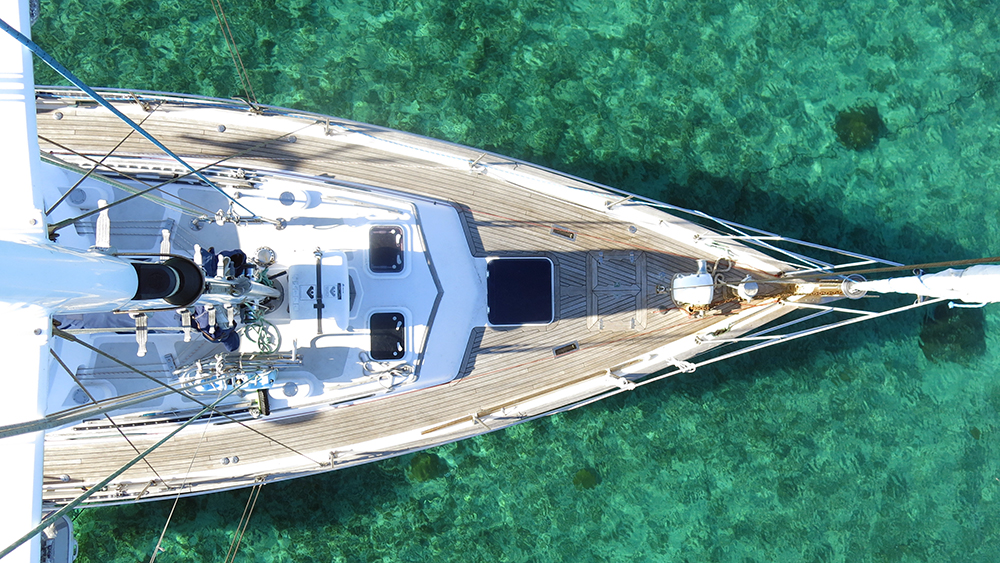
The mild weather continued and after three days at Breton we motored to Cayo Caballones. The anchorage was inside the reef and very shallow, we anchored with less than a metre of water below the keel and looking down into the super clear water we felt as if we were perched right on the sand. Later in the afternoon we took the dinghy into the lagoon and enjoyed sundowners drifting lazily with the current through the pristine mangroves.
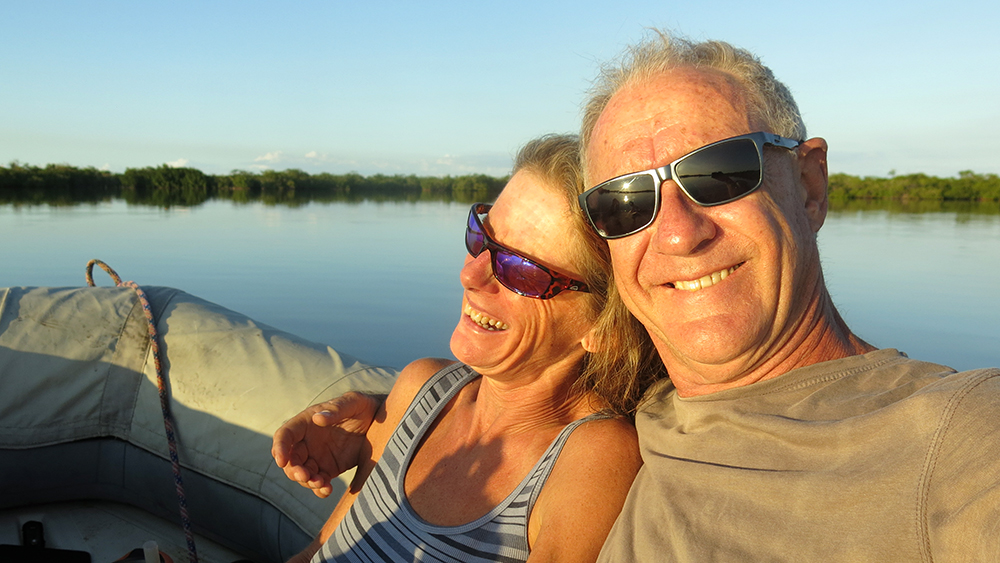
We spent a couple of hours snorkelling on the patch reefs along the coast. One of the things I enjoy about fish is their apparent lack of racial prejudice. Numerous species all hang out together on the reef, angel fish with ghost fish, black and white sergeant majors with little blue fish with neon spots, a couple of red squirrel fish swimming blithely along in a school of yellow snapper – do they not notice the difference?
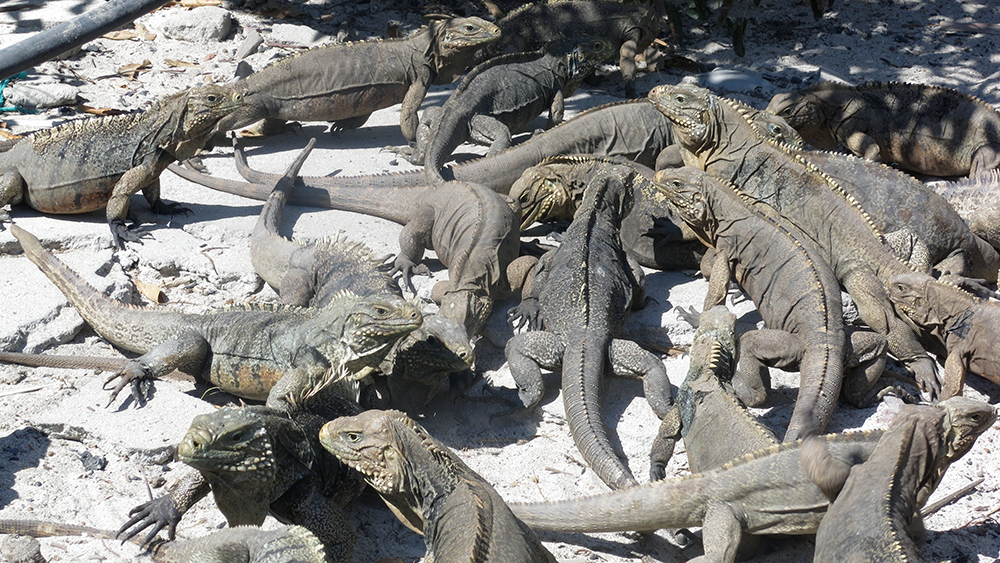
Cayo Caguama is the southernmost island in the Jardines and was the last cay we visited. The rumoured “resort” turned out to be a park ranger station where we watched the tres amigos working there feeding the hundreds of iguanas with whom they share the island. There was something about their sinuous movements and their naked, leathery bodies that I found vaguely repulsive.
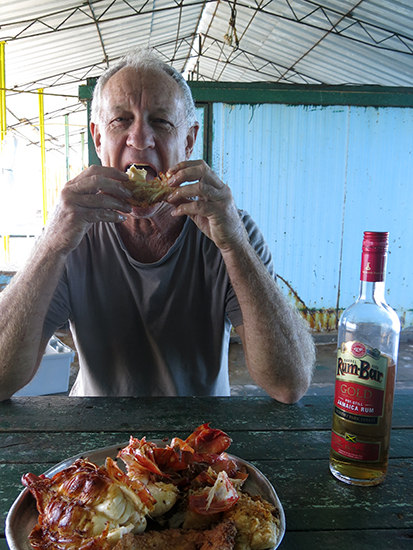
We motored down to Cabo Cruz at the southern tip of Cuba, where we waited a couple of days for a cold front to pass through bringing northerly winds for the overnight sail to Santiago. We passed beneath the magnificent Castillo el Morro which guards the entrance to the harbour and anchored in front of the marina.
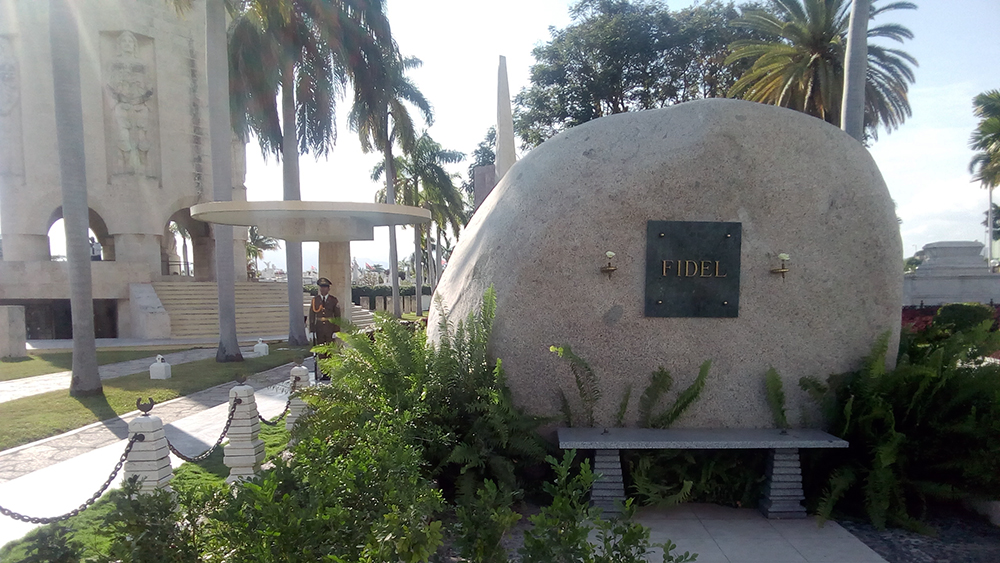
Santiago lies at the foot of the Sierra Maestra mountains and is closer to Haiti than it is to Havana. We wandered lazily around the old town which was the usual mix of partially derelict and beautifully restored Spanish buildings. We found a terrace cafe shaded by ancient trees which was a perfect spot for people watching and sipping a couple of mojitos. We visited Fidel Castros grave site which was a huge boulder and a plaque reading FIDEL, it was very simple and elegant but made me think of a huge rock dropping on Wiley Coyote’s head. Ah well, maybe I’ve maxed out on revolutionary zeal.
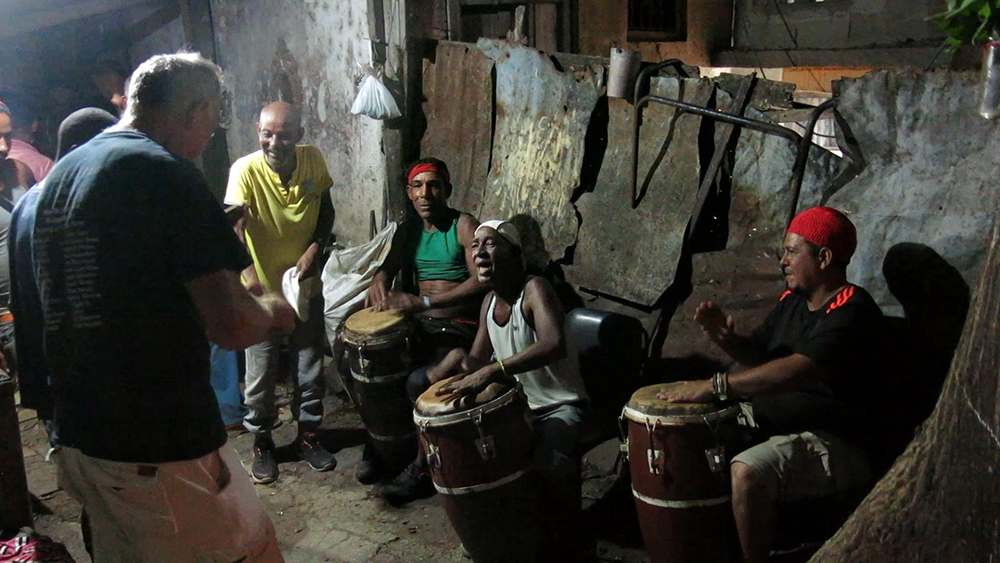
Many people in eastern Cuba practice Santeria (or Lucumi) which is a blend of Catholic beliefs with spiritual concepts of the Yoruba religion from west Africa, similar to voodoo. We were lucky to attend a ceremony in a temple which looked like any other dilapidated Cuban house. We had to lie prostrate in the front room before an altar adorned with negro dolls and carved figures then in the back yard we hugged and kissed a huge tree which was decorated with symbols and candles. Three rugged looking men beat a frantic rhythm on the bongos and the Balalawo (the shaman) danced and chanted stories and praise to the tree. Much rum was drunk and we were totally embraced in the ceremony. It was an incredible experience.
We’ll be leaving Cuba bound for Haiti this weekend so more soon from Hispañola.
Suzy
